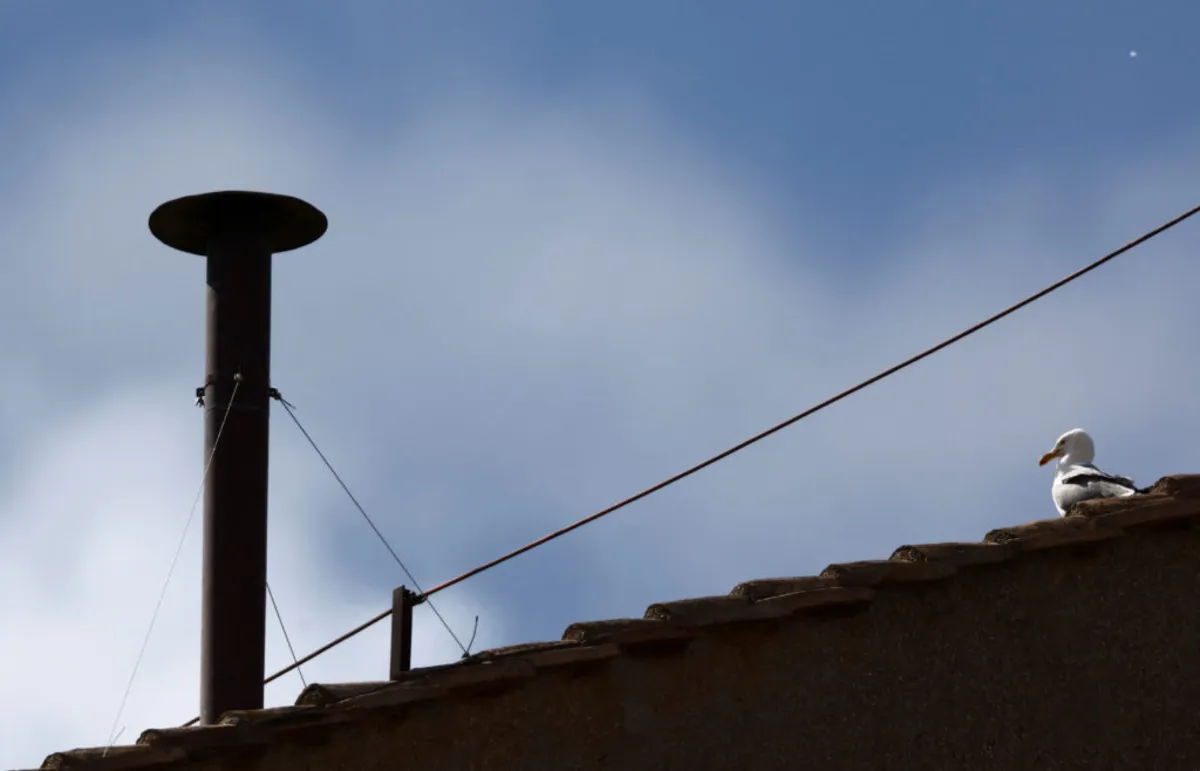
The highly anticipated conclave to elect a new pope is set to begin on May 7. This significant event not only marks a crucial moment for the Catholic Church but also follows a centuries-old tradition steeped in rituals and profound meaning. Understanding the conclave process is essential for both the faithful and those curious about the inner workings of the Vatican. PBS News will provide a live video feed of the Sistine Chapel chimney, where the world will be watching for the iconic white smoke that signals the election of a new pontiff.
The process of choosing a new pope is intricate, especially following the death or resignation of a pontiff. The conclave, which literally translates to "with a key," is a closed-door assembly of the College of Cardinals who are responsible for electing the new pope. Traditionally, this gathering must occur within 20 days of the previous pope's passing or resignation, ensuring a seamless transition of leadership for the Catholic Church and the Vatican State.
Currently, there are 252 cardinals around the globe, but only 135 of them are designated as "cardinal electors" who will participate in the upcoming conclave. Due to health issues, only 133 cardinals will be present, as two are unable to attend. Notably, 108 of these electors were appointed by Pope Francis, reflecting his influence on the future direction of the Church.
The dean of the College of Cardinals, currently Cardinal Giovanni Battista Re, plays a crucial role in the conclave. As the head of the College, he is responsible for notifying the cardinals and ambassadors of the pope's death and convening the conclave. However, at 91 years old, Cardinal Re is not eligible to vote. Once the conclave begins, the most senior cardinal present, Cardinal Pietro Parolin, will assume the leadership role.
The conclave will take place in St. Peter’s Basilica, an architectural marvel built over the tomb of St. Peter, one of the apostles. This grand basilica is not only a spiritual hub for the Catholic Church, which boasts over 1.4 billion members, but it is also a masterpiece of Renaissance art and architecture. Visitors are often captivated by Michelangelo’s Pietà and Bernini’s magnificent bronze baldachin.
During the conclave, the cardinals will reside at the Domus Santa Marta, a guesthouse built for their accommodations. Interestingly, Pope Francis chose to remain in this guesthouse rather than move to the more traditional papal apartments, highlighting a modern approach to the papacy.
Several Latin phrases and terms are pivotal to the conclave process. For instance, “extra omnes” means "all out," signaling that non-electors must leave the Sistine Chapel to allow the voting to commence. Once a new pope is elected, the words “Habemus Papam”, meaning "We have a pope," are proclaimed by the protodeacon, currently Cardinal Dominique Mamberti.
During the conclave, three cardinals, known as infirmarii, are assigned to collect ballots from any electors who are unable to participate due to illness. Additionally, other roles such as revisers and scrutineers are filled by randomly selected cardinals to ensure a fair and accurate voting process.
The term “sede vacante” refers to the period between a pope's death or resignation and the election of a new one, marking a unique time in the Catholic Church. The procedure governing this period is outlined in the “Universi Dominici Gregis,” a document established by St. John Paul II in 1996, which has since been amended by Pope Benedict XVI to refine the election process.
Finally, after each round of voting, the ballots are burned to communicate the outcome to the world. If a new pope is elected, the smoke is white; if not, black smoke is produced. This visual cue, combined with the ringing of bells, marks a moment of great significance for the Catholic Church and its followers.
As the conclave approaches, many will be looking forward to witnessing this historic event, which holds the potential to shape the future of the Catholic Church for generations to come.